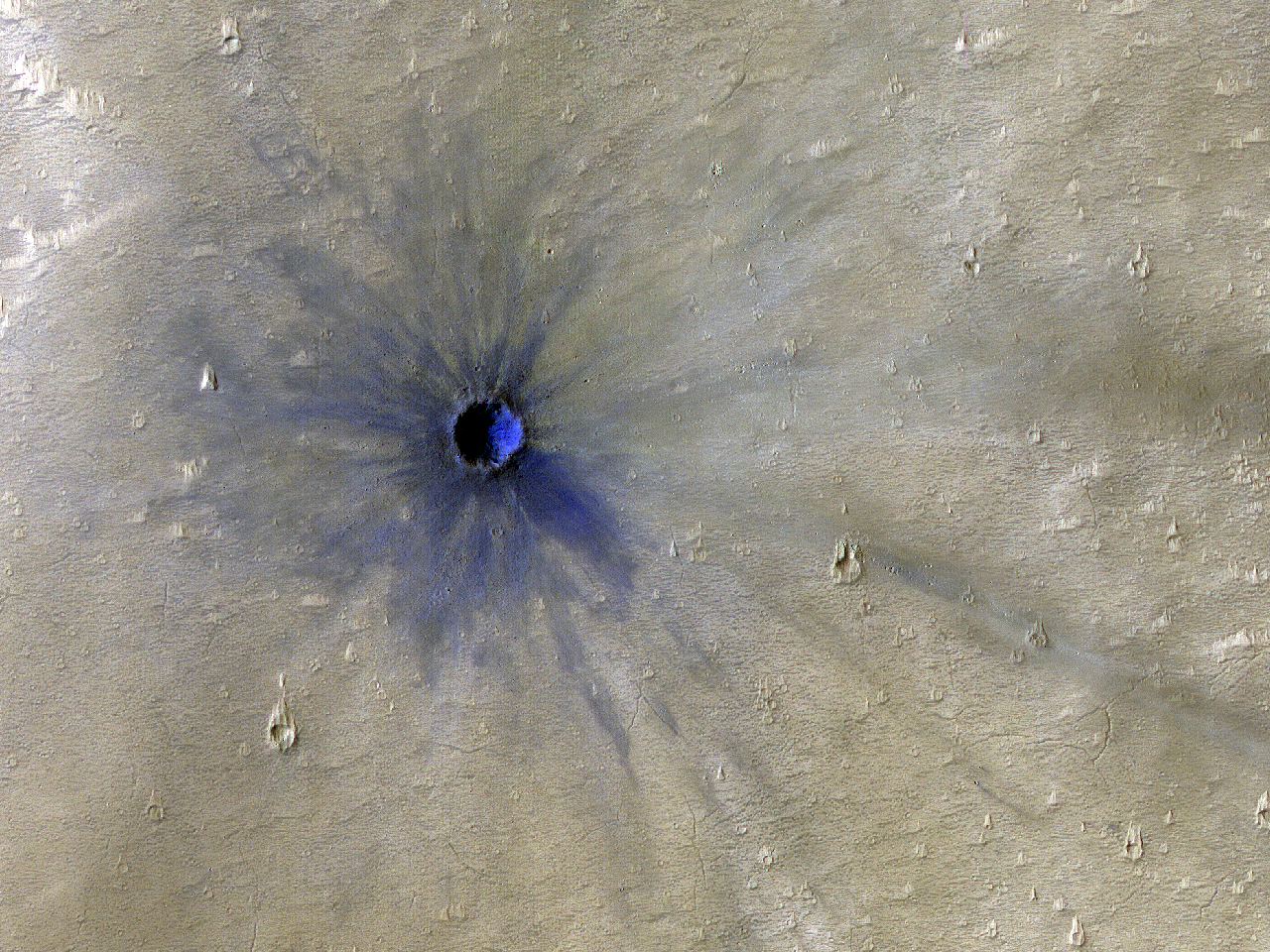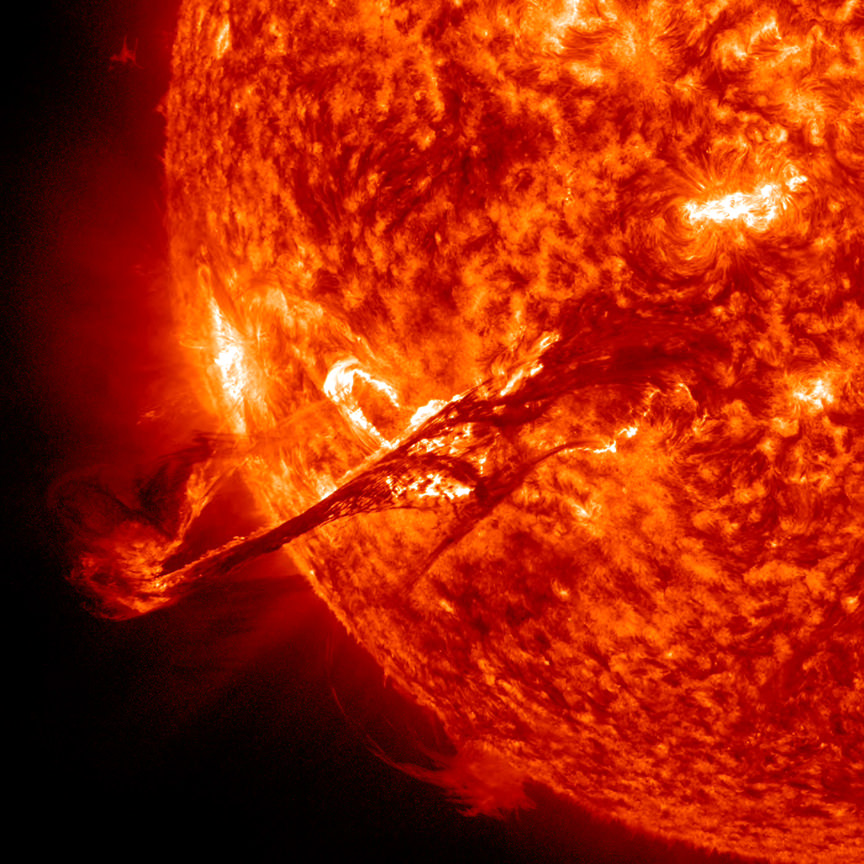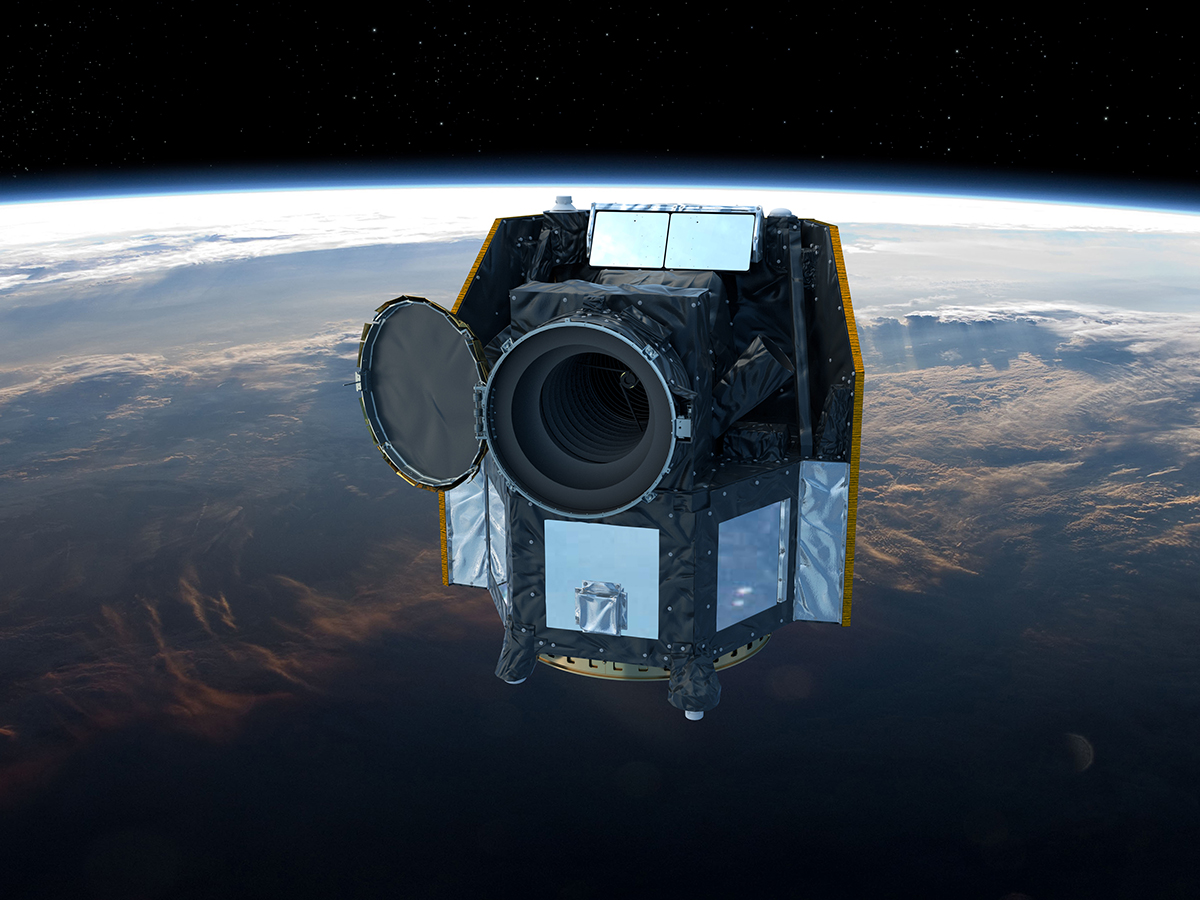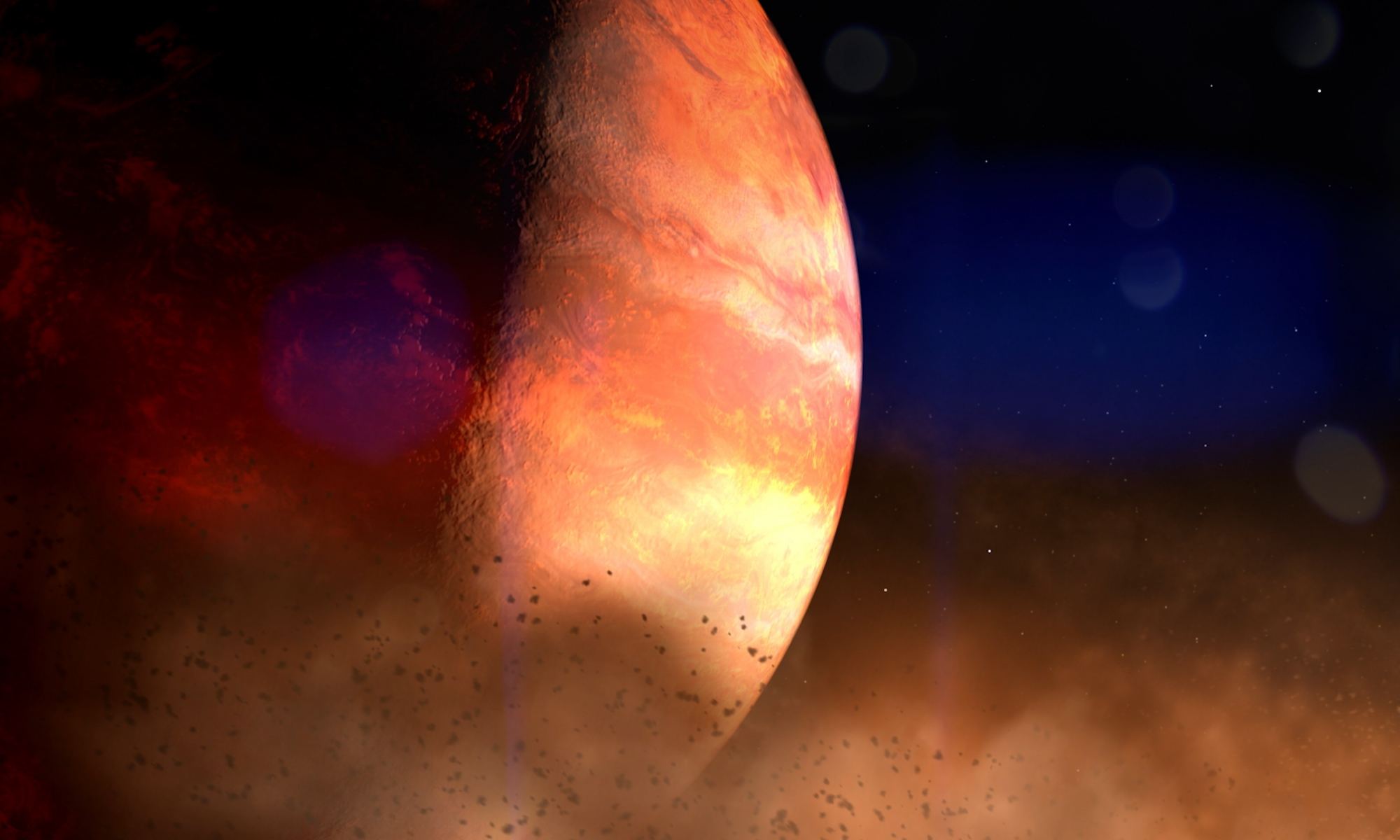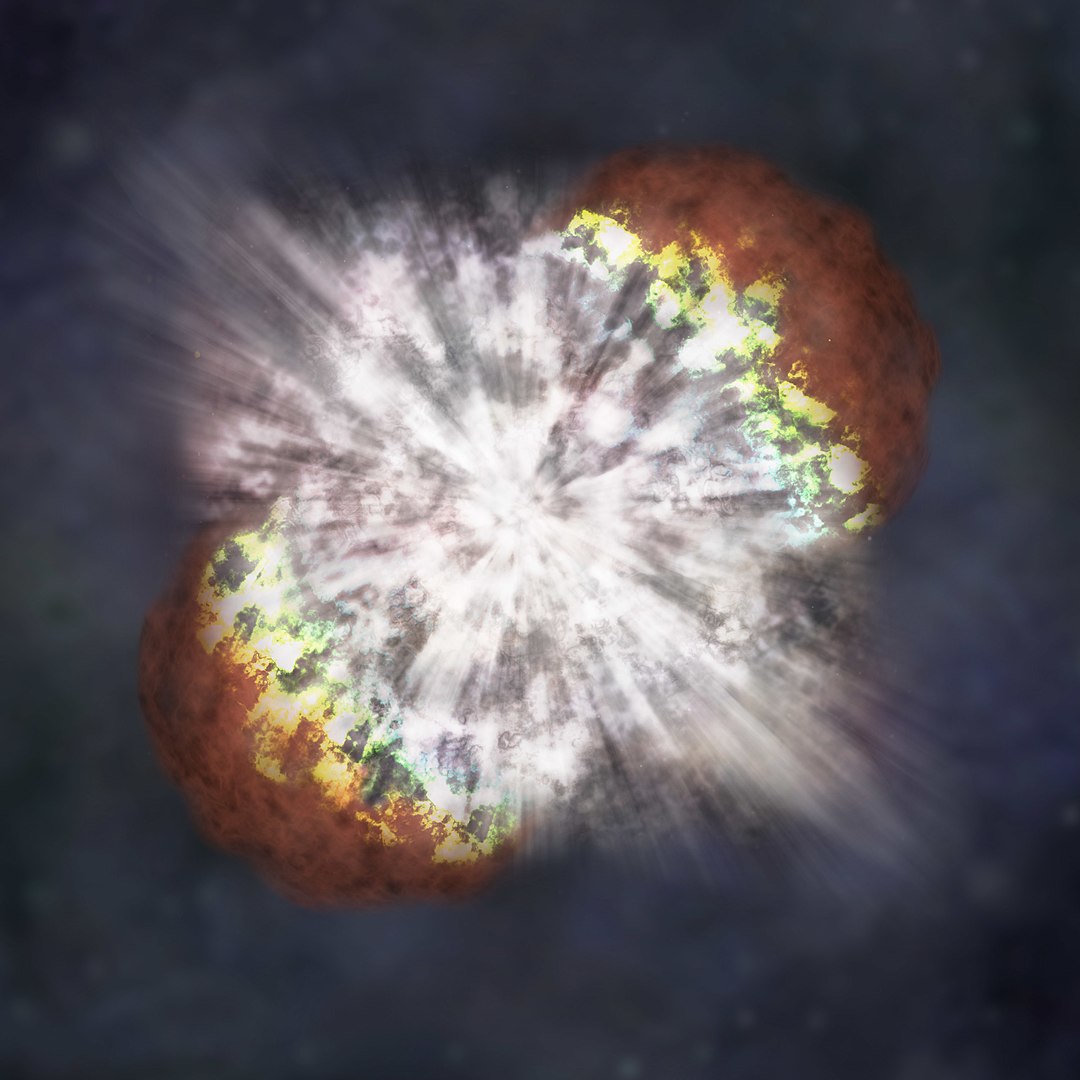Located at the heart of the NASA Center for Climate Simulation (NCCS) – part of NASA’s Goddard Space Flight Center – is the Discover supercomputer, a 129,000-core cluster of Linux-based processors. This supercomputer, which is capable of conducting 6.8 petaflops (6.8 trillion) operations per second, is tasked with running sophisticated climate models to predict what Earth’s climate will look like in the future.
However, the NCCS has also started to dedicate some of Discover’s supercomputing power to predict what conditions might be like on any of the over 4,000 planets that have been discovered beyond our Solar System. Not only have these simulations shown that many of these planets could be habitable, they are further evidence that our very notions of “habitability” could use a rethink.
Continue reading “Here’s What the Climate Might Look Like on Proxima Centauri B”
